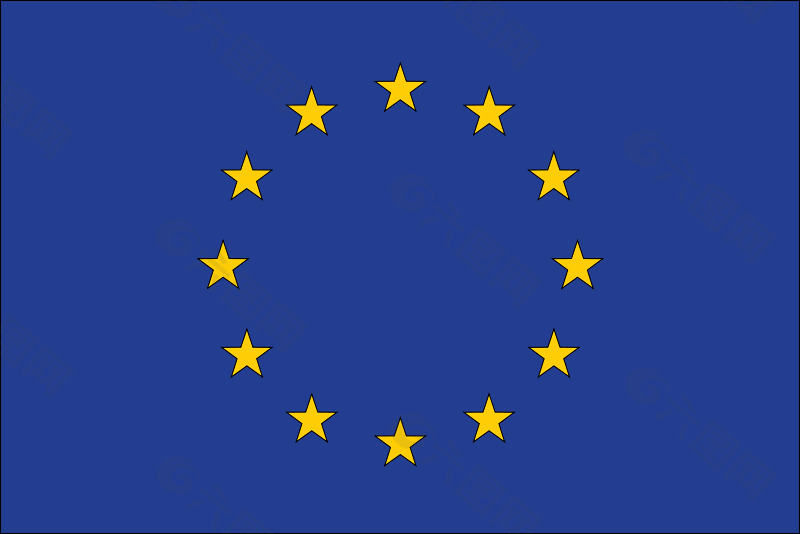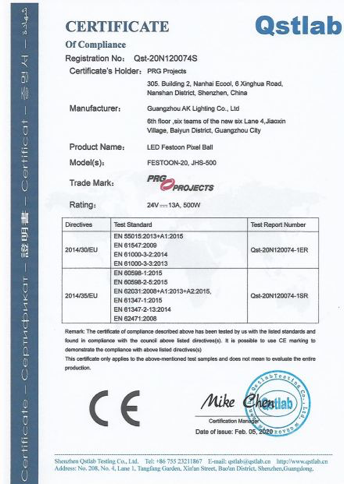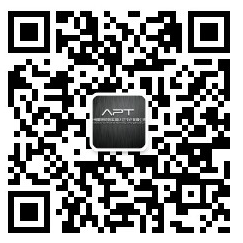




The "CE" mark is a safety certification mark that is considered as a passport for the manufacturer to open and enter the European market. CE STANDS FOR EUROPEAN UNITY (CONFORMITE EUROPEENNE), IN THE EU MARKET "CE" MARK IS A MANDATORY CERTIFICATION MARK, WHETHER IT IS A PRODUCT PRODUCED BY AN ENTERPRISE WITHIN THE EU, OR A PRODUCT PRODUCED IN OTHER COUNTRIES, IN ORDER TO CIRCULATE FREELY IN THE EU MARKET, IT MUST BE AFFIXED WITH THE "CE" MARK, IN ORDER TO INDICATE THAT THE PRODUCT MEETS THE BASIC REQUIREMENTS OF THE EU "NEW APPROACH TO TECHNICAL HARMONIZATION AND STANDARDIZATION" DIRECTIVE, IS A MANDATORY REQUIREMENT OF EU LAW FOR PRODUCTS.
CE certification, that is, limited to the basic safety requirements in terms of the safety of products that do not endanger humans, animals and goods, rather than general quality requirements, the Harmonized Directive only stipulates the main requirements, and the general directive requirements are standard tasks. Therefore, the precise meaning is that the CE mark is a safety mark rather than a quality mark, and is the "main requirement" that forms the core of the European directive. There are three types of CE certification: original item, filing item and secondary certification.
Issuing Authority
(1) The Declaration of conformity /Declaration of compliance issued by the enterprise itself, this certificate is a self-declaration and should not be issued by a third-party organization (intermediary or testing and certification body), so it can be replaced by the EU format of the enterprise Declaration of Conformity.
(2) Certificae of compliance / Certificate of compliance "Certificate of Conformity", which is a declaration of conformity issued by a third-party organization (intermediary or testing and certification body), must be accompanied by test reports and other technical information TCF, at the same time, the enterprise must also sign the "Declaration of Conformity".
(3) EC Attestation of conformity "EU Standard Conformity Certificate", which is a certificate issued by the EU Notified Body (Notified Body abbreviated as NB), according to EU regulations, only NB is eligible to issue EC Type CE declaration.
Certification Procedures
Confirm the county of expor
CE marking may be required for exports to any of the 30 member states of the European Economic Area, including the European Union and the European Free Trade Agreement EFTA. ...

Confirmation of product classes and relevant EU product directivesIf a product falls into more than one class at the same time, the requirements set out in the product directive corresponding to all classes must be met. Note: Some product directives sometimes list products that are excluded from the directive.
The mode required for certification
For almost all EU product directives, the directives usually provide manufacturers with several CE certification (Conformity Assessment Procedures) modes (Modules), and manufacturers can choose the most suitable mode according to their own situation. Generally speaking, the CE certification mode can be divided into the following 9 basic modes,
Module A: Internal Production Control
Module Aa: Intervention of a Notified Body
Module B: EC Type-examination
Module C: Conformity to Type
Module D: Production Quality Assurance
Module E: Product Quality Assurance
Module F: Product verification
Module G: Unit Verification
Module H: Full Quality Assurance
Based on the different combinations of the above basic patterns, several other different patterns may be derived. In general, not all models are suitable for all products. In other words, manufacturers are not free to choose any of the above models to CE mark their products
Maintenance & Updates
Technical Files
EU law requires that after a product with the CE label is placed on the European market, its technical documentation must be stored in the EU for inspection by the supervisory authority at any time. If there is a change in the content contained in the technical document, the technical document should also be updated in a timely manner.
The technical file should generally include the following:
a . Name, trade name, address of the manufacturer (EU Authorized Representative (EU Authorized Agent) AR).
b . The model number, number of the product.
c . Instruction manual for the product.
d . Safety design documents (key structural drawings, i.e., design drawings that reflect creep distance, clearance, number of insulation layers and thickness).
e . Product technical conditions (or enterprise standards).
f . Electrical schematic diagram of the product.
g . Product roadmap.
h . List of key components or raw materials.
i . Testing Report.
j . Relevant certificate issued by the EU Authorized Certification Body NB (for other modes other than Mode A).
k . Certificate of registration of the product in the EU (for some products such as: Class I medical devices, general IVD in vitro diagnostic medical devices).
l . CE Declaration of Conformity (DOC). [2]







